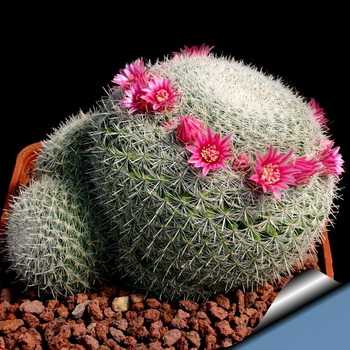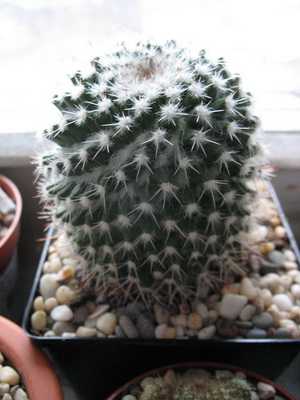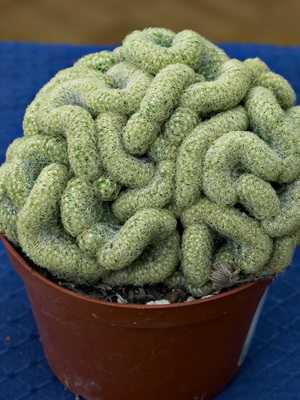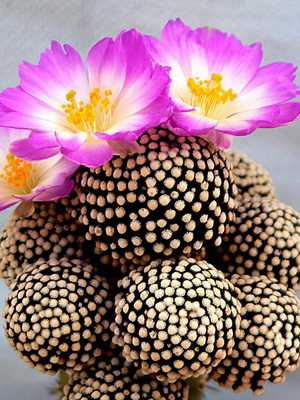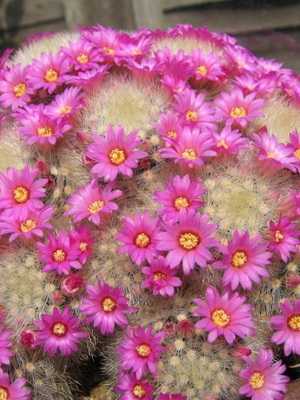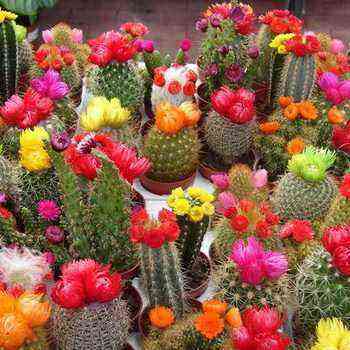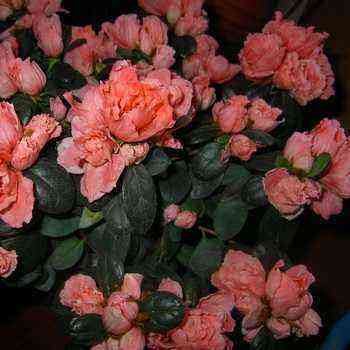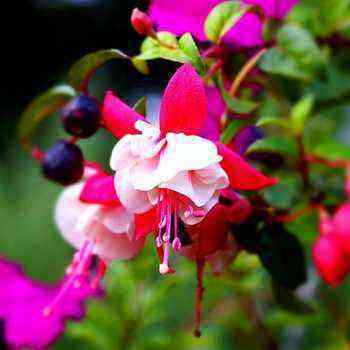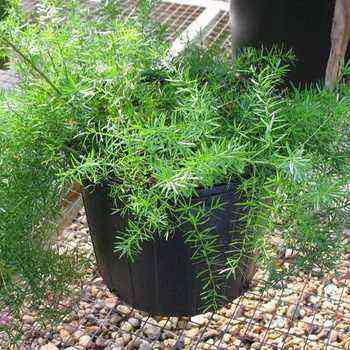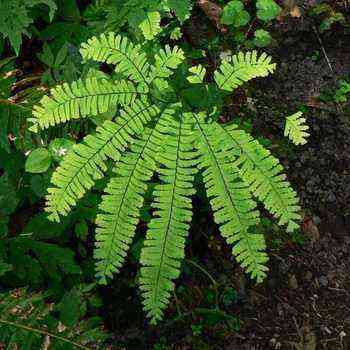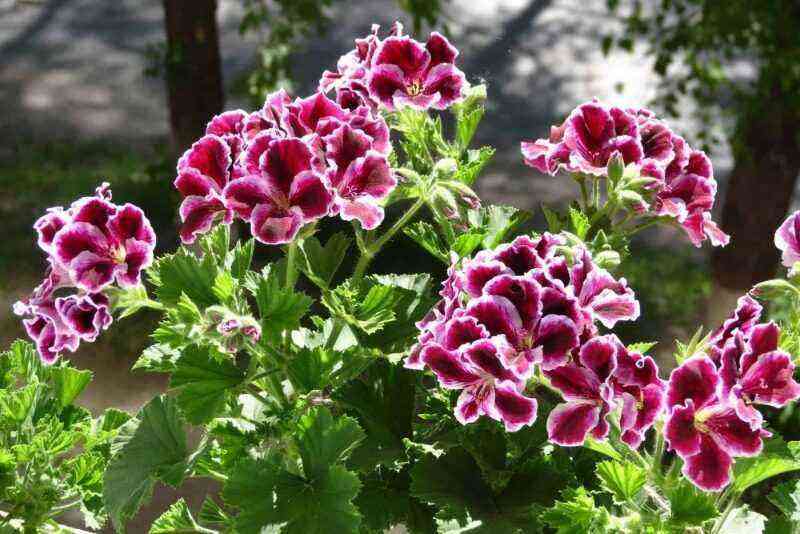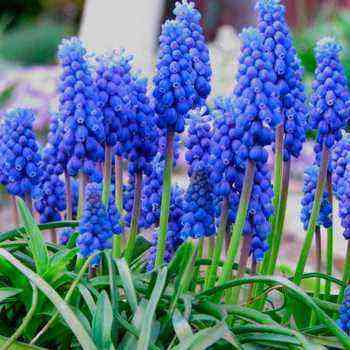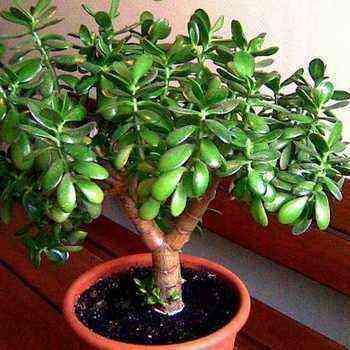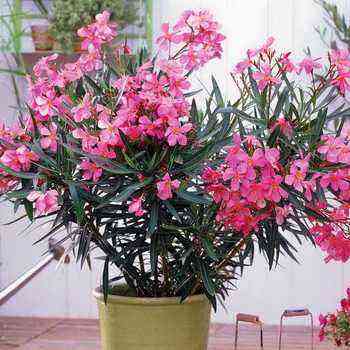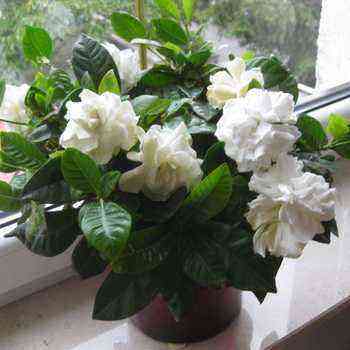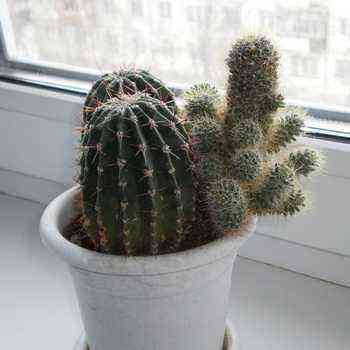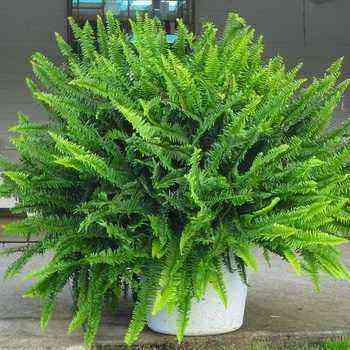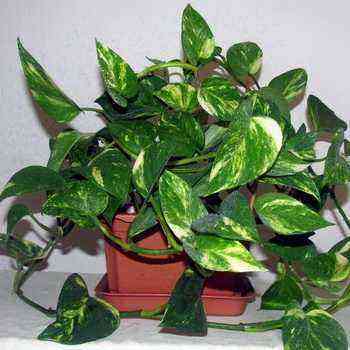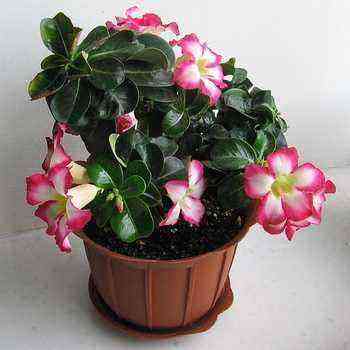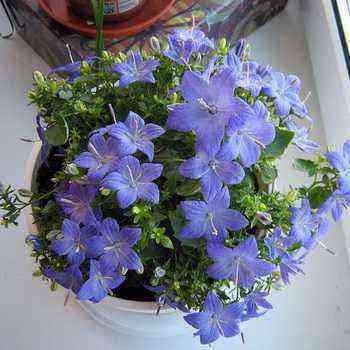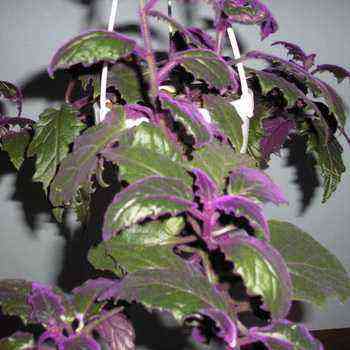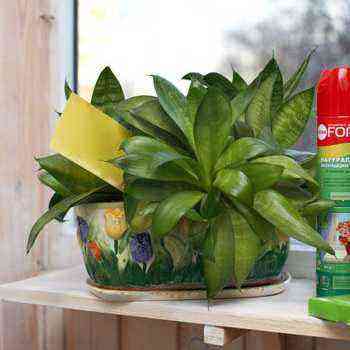Department: angiosperms (Magnoliophyta).
Class: dicotyledons (Dicotyledones).
Procedure: cloves (Caryophyllales).
Family: cactus (Cactaceae).
Sort by: mammillaria (Mammillaria).
The mammillaria cactus is found only in three Mexican states: Guanajuato, Queretaro, and San Luis Potosi. Sometimes, by analogy with the English-language name of the genus (Mammillaria), the name of the mammillaria cactus is written with a double “L”.
The plant settles in the mountains, forming dense cushions on the slopes.
As you can see in the photo, the mammillaria cactus is a stem succulent up to 12 cm wide and up to 10 cm high. The stem is branching, spherical, green, covered with numerous papillae arranged in rows in a spiral. The leaves are transformed into soft white spines growing in bunches on the papillae. The aerial part of the plant is covered with white hairs up to 4 cm long.
Mammillaria elongated (M. elongata), Wilda (M. wildii), sprouting (M. prolifera) and prickly (M. spinossisima) are often found in the collections of succulent lovers. The Tarahumara Indians treated ear pain with baked plant stems and ate the fruit before a long journey to increase endurance.
Mammillaria flowers and their photos
Mammillaria flowers are bisexual, single, bell-shaped, bright pink, up to 2 cm in diameter. The fruit is an oblong bright red berry with small black seeds up to 2,5 cm long.
The plant reproduces by seeds and vegetatively – lateral shoots. The flowering of mammillaria begins in May – June, pollination is carried out by insects or occurs spontaneously. The fruits ripen only next year. The seeds are spread by bird-pecking birds and germinate in moist soil.
The name of the genus comes from the word “papilla”.
Pay attention to the photo of mammillaria – the flowers of this cactus really resemble small suckers. For its noble gray hairs and flirty ruddy flowers, this cactus is sometimes called the “old lady”.
The natural range of the species is small, the number is constantly decreasing. Some populations suffer from collection and habitat disturbance, while others are located in protected areas and are quite prosperous.
